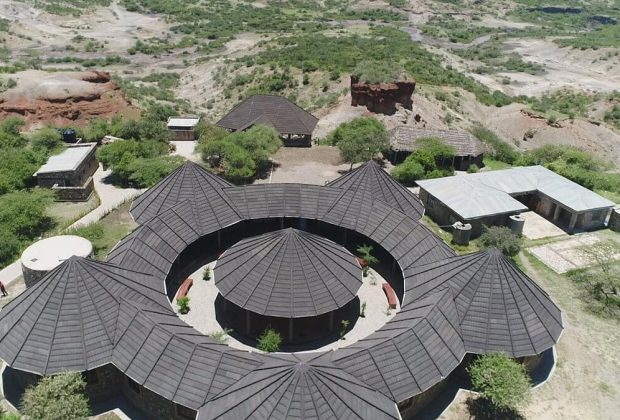The Ngorongoro Crater is one of the world’s most popular travel destinations and is said to have the highest number of wildlife in Africa. Sometimes known as an ‘eighth wonder of the world’, the Crater has achieved world reputation, attracting a yearly growing number of visitors and explorers each year. You are unlikely to escape other vehicles here, but you are guaranteed great wildlife viewing in a genuine breathtaking environment. Ngorongoro is incomparable to any other place in Africa
The Ngorongoro Crater is the most world’s largest intact volcanic caldera. Forming a picturesque bowl of about 265 square kilometers, with sides up to 600 meters deep; it is home to more than 30,000 animals at any one time. The Crater rim is over 2,200 meters high and experiences its own weather conditions. From this high point of view, it is possible to make out the small shapes of animals making their way around the crater floor far below. A broad stripe of cloud hangs around the rocky rim most days of the year and it’s one of the few places in Tanzania where it can get chilly at night.



